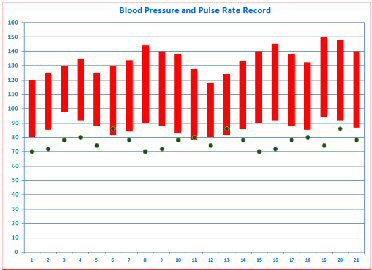
A function may be as simple as adding two numbers together, or finding the average of a list of numbers. Many of these functions are for use with numbers, but many others are used with dates and times, or even text. Understanding functions Ĭalc includes over 350 functions to help you analyze and reference data. If you understand functions, then you can start to use the real power of a spreadsheet.

Functions are the main reason for spreadsheets. All you have to do is add the arguments, and the calculation is automatically made for you. Calc also provides the ability to input information into multiple sheets of the same document at one time.Īfter entering data, you can format and display it in various ways.Ī function is a pre-defined calculation entered in a cell to help you analyze or manipulate data in a spreadsheet. You can enter data into Calc in several ways: using the keyboard, the mouse (dragging and dropping), the Fill tool, and selection lists. In version 3.0 of OOo, each sheet can have a maximum of 65,536 rows and a maximum of 1024 columns. These cells hold the individual elements-text, numbers, formulas etc.-which make up the data to be displayed and manipulated.Įach spreadsheet can have many sheets and each sheet can have many individual cells. Spreadsheets consist of a number of individual sheets, each containing a block of cells arranged in rows and columns. Spreadsheets, sheets and cells Ĭalc works with elements called spreadsheets. You can enter data, usually numerical data, in a spreadsheet and then manipulate this data to produce certain results.Īlternatively you can enter data and then use Calc in a ‘What If.’ manner by changing some of the data and observing the results without having to retype the entire spreadsheet or sheet.

4 Understanding the structure of functions.In these options, you have the option to keep source formatting (K), merge formatting (M), or keep text only (T), which pastes the text without any formatting. Clicking this box or pressing the Ctrl opens the paste options for that text. In new versions of Microsoft Office, when pasting text, a paste box appears in the bottom corner of the pasted text, as shown in the picture. If you want to paste text that is not formatted, click Unformatted text or Plain text.
#OPENOFFICE CALC PASTE VALUES HOW TO#
How to use paste specialįrom the file menu, click Edit and then choose Paste special or Paste text to open a dialog box similar to the above example. In the same way, you can use this command in Excel or Calc to copy formulas and calculations when pasting data into cells. Paste Special allows you several choices of how to format text when pasted.

Below is an example of the choices that are offered when using paste special in Writer. Using paste special, you can choose to paste unformatted text (doesn't have a different font, isn't bold, doesn't contain links, etc.). It is very commonly used in Word, Excel, Writer, and Calc to provide special formatting or calculations when pasting content into a document.įor example, text copied from a web page often retains much or all HTML formatting, which may not match the colors, fonts, or other text formatting used in the document.
#OPENOFFICE CALC PASTE VALUES SOFTWARE#
Paste special is a common feature in productivity software such as Microsoft Office and OpenOffice. Paste Special is a feature gives you more control of how the content is displayed or functions when pasted from the clipboard.


 0 kommentar(er)
0 kommentar(er)
